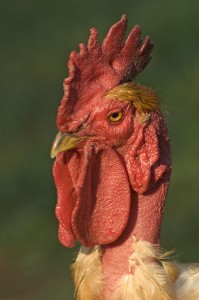It looks like a wart-covered zucchini and has an equally unappetising name, but experts say it could help rescue the world’s population from malnutrition and disease.
You can’t always trust a journalist to get it absolutely right, but the above quote does seem to be heaping the manure on just a bit too high. The new boss of the Asian Vegetable Research and Development Center is in Australia talking up his book, which includes the bitter gourd or bitter melon, Momordica charantia. He’s full of sensible advice to Australians, to whit:
“The take-home message for Australians is to eat as many varied vegetables as you can – different colours, orange, green – and make sure you have them in balance with the rest of the diet. … cut back on some of the meat consumption, have less carbohydrates and increase the fruit and vegetable intake, then you will live a longer and healthier life”.
But what kind of a lede would that make?
Thanks Dirk for the tip.
